Tomb 75
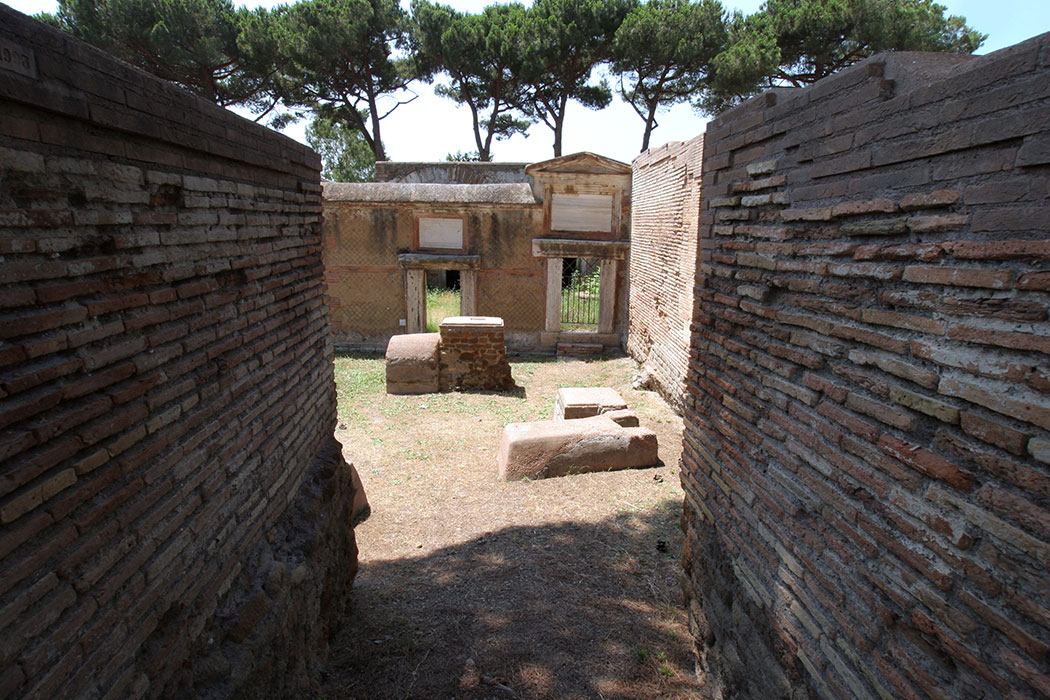
In front of the two tombs are the little tombs 72 A and 74.
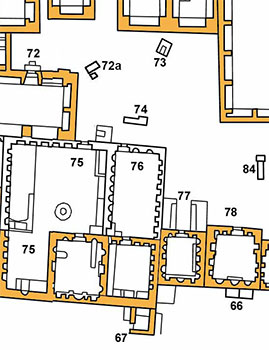 Tombs 75 and 76 were originally built as one detached tomb, visible from the Via Severiana. Later on the old tomb was surrounded by other tombs and, as the inscription mentions, split up by an inheritor of the owner into the present tombs 75 and 76.
Tombs 75 and 76 were originally built as one detached tomb, visible from the Via Severiana. Later on the old tomb was surrounded by other tombs and, as the inscription mentions, split up by an inheritor of the owner into the present tombs 75 and 76.
The original tomb had a large covered courtyard with a central burial chamber against the middle of the back wall. On both sides of this burial chamber were two other rooms. The right one still exists, the left one became the burial chamber of the present tomb 76.
Originally, the entrance of the courtyard lay on one line with the entrance of the burial chamber.
One of the inheritors of the builder, Marcus Antonius Agathias, placed a partition wall on the left side of the burial chamber and changed the room on the left side into a new burial chamber.
At the same time a new entrance was made in the wall of the courtyard. This new entrance lies on one line with the new burial chamber. Thus, two tombs were created out of one.
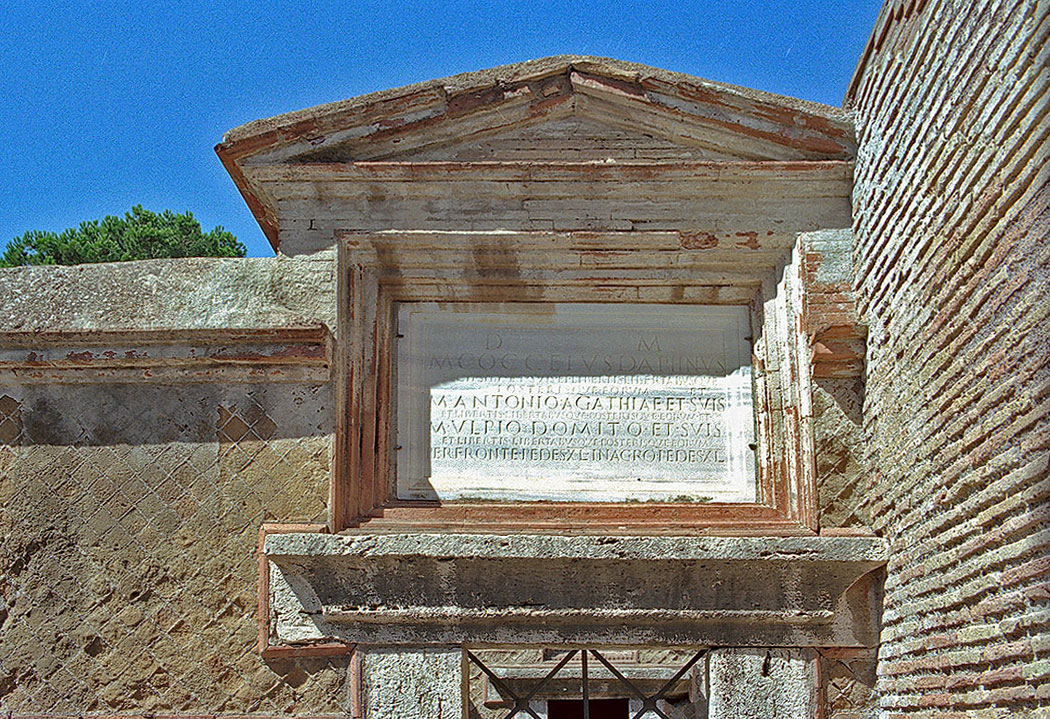
Tombe 75 and 76: the inscription above the original entrance.
D(is) M(anibus)
M(arcus) COCCEIVS DAPHNVS
FECIT SIBI ET SVIS ET LIBERTIS LIBERTABVSQVE
POSTERISQVE EORVM ET
M(arco) ANTONIO AGATHIAE
ET SVIS ET LIBERTIS LIBERTABVSQVE POSTERISQVE EORVM ET
M(arco) VLPIO DOMITO ET SVIS
ET LIBERTIS LIBERTABVSQVE POSTERISQVE EORVM
PER FRONTE PEDES XL IN AGRO PEDES XL
The text says that the tomb was erected by Marcus Cocceius1 Daphnus for himself and his family, for his freed slaves, and for the heirs, for Marcus Antonius Agathias and his family and their freedslaves, and the descendants, and for Marcus Ulpius Domitus with his family, their freed slaves, and the descendants. The area measures in width 40 feet and in depth 40 feet.
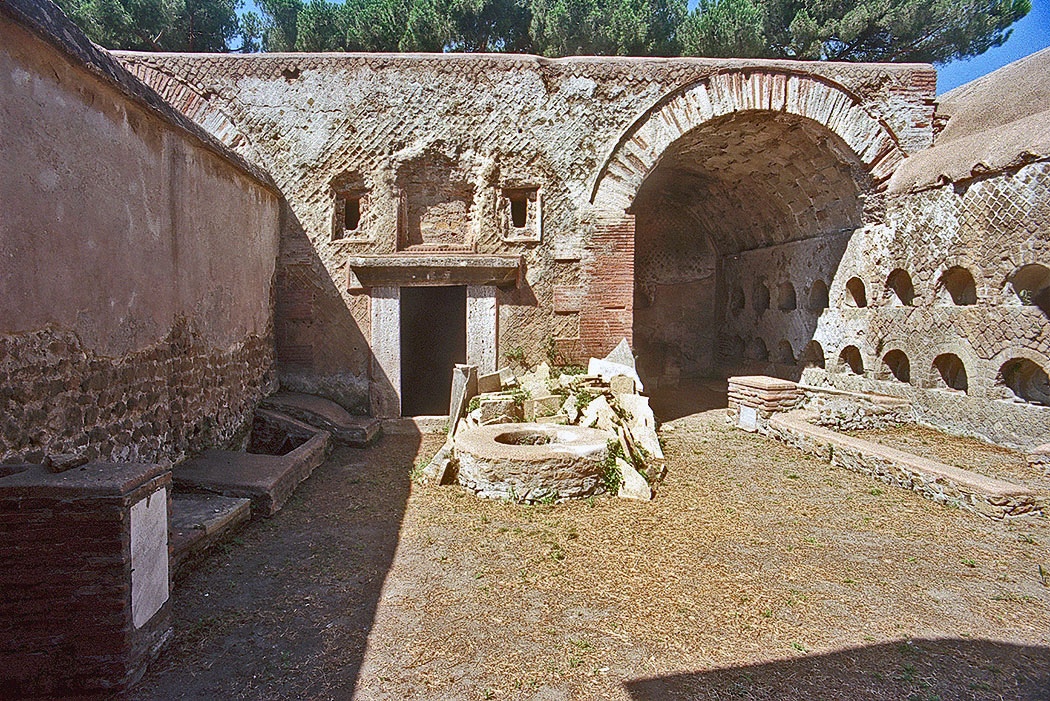
The walls of the enclosure are equipped with a large number of niches for urns. In front of the entrance of the burial chamber of tomb 75 is a round well.
Against the newly built left wall of the enclosure are several burial places of tuff stones. One of these has the following inscription on a marble slab of 46,5 x 25 cms:
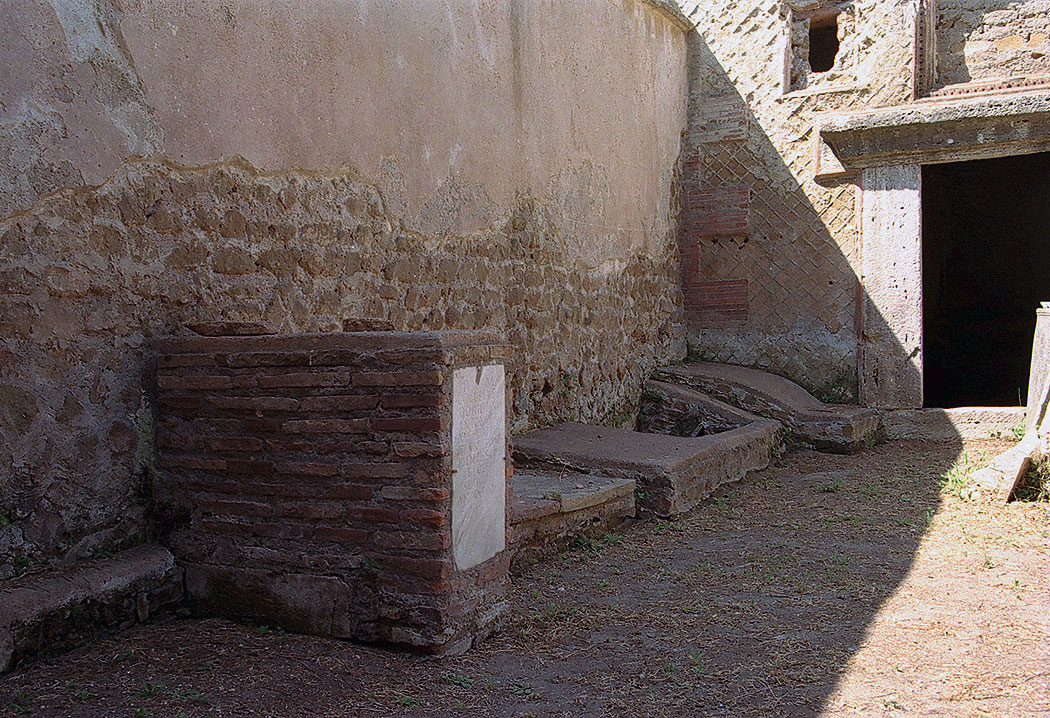
COCCEIAE
DORIDI M(arcus)
ANTONIVS
M(arci) F(ilius) CALLIS
TIANVS AVIE
PIENTISSIMAE
FECIT
IPSE QVI VIX(it)
AN(nis) XXI M(ensibus) II
The grave was built by Marcus Antonius Callistianus, son of Marcus, for Cocceia Doris, his very respectful grandmother, who himself lived for twenty-one years and two months.
Alongside the right wall of tomb 75 is a grave covered with a mosaic depicting Venus and a pidgeon. The little grave contained two bodies. Inscriptions are telling us that the grave originally was built by Sextus Iulius Armenius for his wife Iulia Paullina, but it seems that he was also interred in the tomb later on, by his female friend Cocceia Tyche:
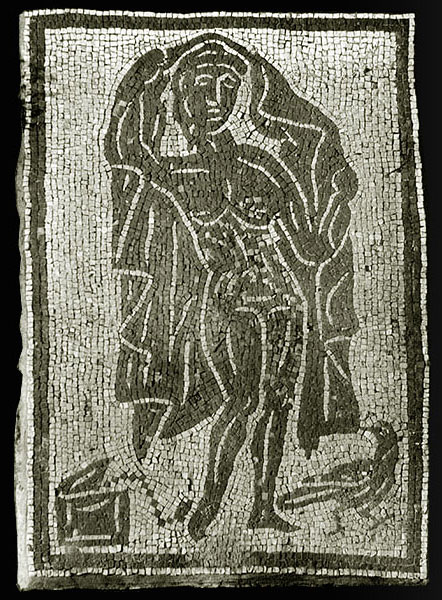
Venus and a pidgeon.
| D(is) M(anibus) IVLIAE PAVLLINAE CONIVGI BEN(e) MER(enti) SEX(tus) IVLIVS ARMENIVS FECIT |
D(is) M(anibus) COCCEIA TY CHE SEXTO IVLIO ARMENIO AMICO B(ene) M(erenti) FECIT |
||
Another marble cover of a grave ( 22 x 32 cms) gives us the following information about a girl who married at the age of thirteen years:
D(is) M(anibus)
VRBICAE SVAE FECIT
OLYMPVS MATIDIAE
AUG(ustae) F(iliae) SER(vus) CVM QVA VIX(it)
ANNO I M(ensibus) VIII D(iebus) XXII H(oris) III
QVAE DECESSIT ANN(orum) XIIII M(ensium) XI
Olympus, slave of Matidia, daughter of Augustus (Traianus), built this monument for his Urbica, with whom he lived one year, eight months, twenty-two days and three hours and who died at the age of fourteen years and eleven months.
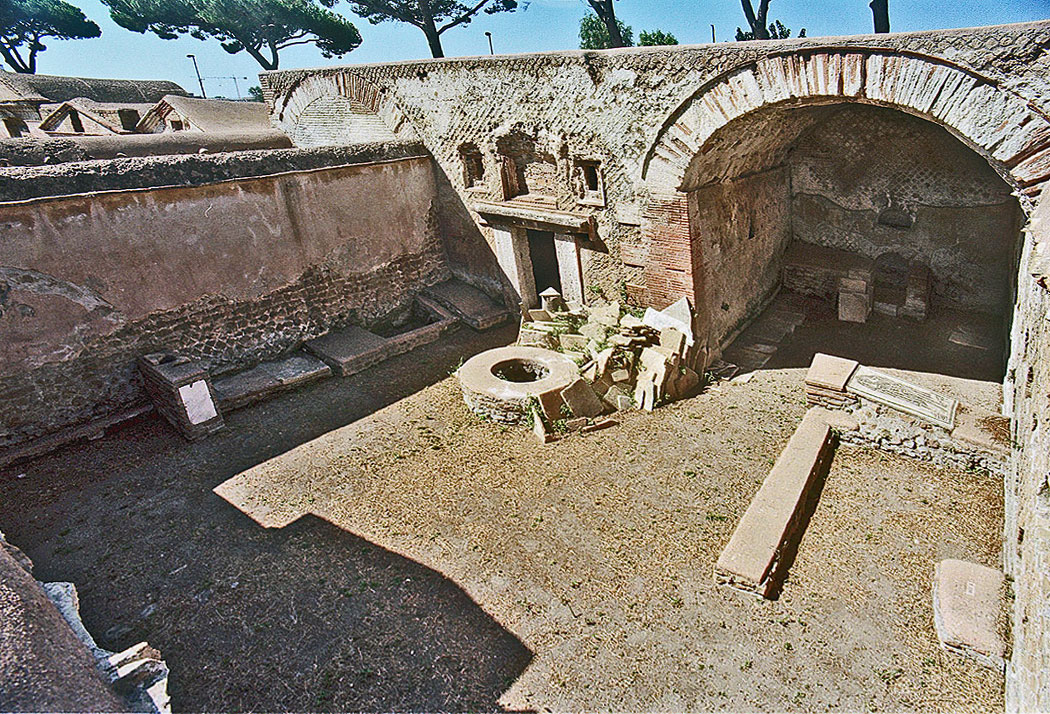
A further marble cover of a tomb (25 x 34 cms) found in situ says:
D(is) M(anibus)
SABINAE
QVAE VIXIT ANN(is) VI
M(ensibus) VIIII D(iebus) XX
AELIA SALVIANE
VERNAE B(ene) M(erenti) FECIT
Aelia Salviana made it for her well-deserving slave Sabina, who was born in the house, and who has lived six years, nine months and twenty days.
In the open room next to the burial chamber of tomb 75 the following inscription has been found on a marble cover of 16 x 33 cms:
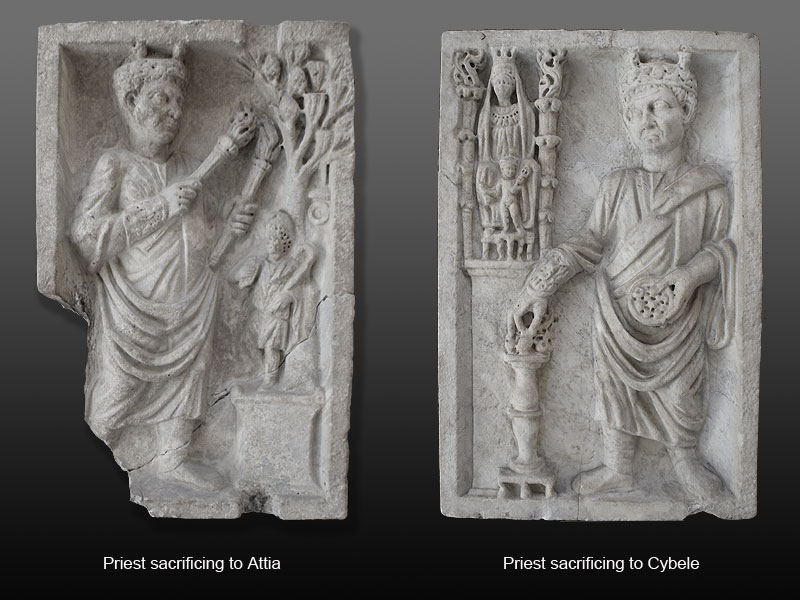 MARIAE M(arci) FIL(iae)
MARIAE M(arci) FIL(iae)
SEMPRONIANE
M(arcus) MARIVS IVLIANVS
PATER FECIT
The burial of Maria Semproniana, daughter of Marcus, was arranged by her father, Marcus Marius Iulianus.
Guido Calza says that there was a cover of a sarcophagus in the open room right next to the burial chamber of tomb 75, which was found on the Via Severiana.
On this cover was a relief of a priest of Cybele.
Two reliefs of him were also found. The inscription above the entrance of the burial chamber of tomb 75 is missing. Inside, however, we can still see parts of a black-and-white mosaic floor with geometrical figures. These patterns are also to be found in the room next to the burial chamber. Here, in the middle, we find a triton. The enclosure houses many burial places above the floor as well as underneath it.
The burial chamber of tomb 75 was originally used as a columbarium. When the tomb was divided in two separate units, inhumation was already common. Therefore the new tomb 76 was equipped with arcosolia as well.
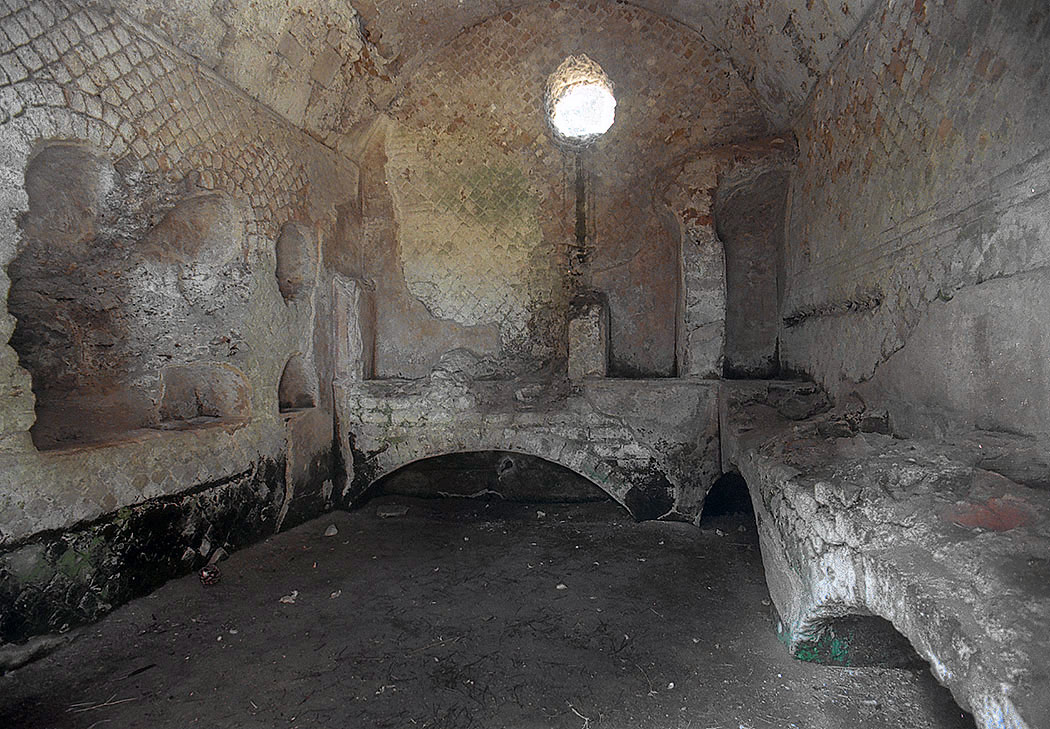
- Sources
- Russel Meigs - Roman Ostia, At the Clarendon Press 1973
- Guido Calza - Necropoli nell'Isola Sacra'(1940)
- Dr. Jan Theo Bakker.
- Hilding Thylander - Inscriptions du port d'Ostie (Lund C W K Gleerup 1952).
- Ida Baldassarre, Irene Bragantini, Chiara Morselli and Franc Taglietti - Necropoli di Porto, Isola Sacra (Roma 1996).
- Notes
- 1:The names Cocceius and Ulpius point to members of a generation of freedmen of the emperors Nerva and Traian. This is confirmed by another inscription which tells us that the deceased was a servant of Matidia, Traian’s wife. Again another inscription relates a certain Allia to the same emperor. I. Baldassarre, I. Bragantini, Ch. Morselli en F. Taglietti: Necropoli di Porto (1996)
Isola Sacra Index
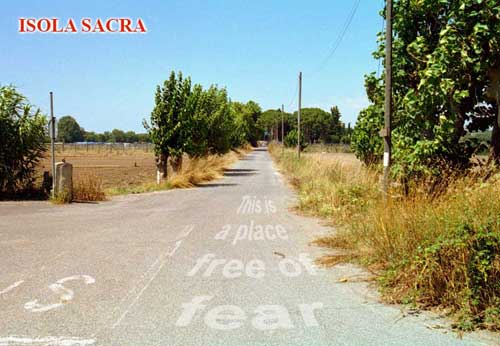
Speciale sectie over de Romeinse begraafplaats van Portus (Engels)....
Read more ...The resurfaced fleet of Pisa

In 1998, an incredible archaeological heritage was discovered by accident near the Pisa San Rossore railway station....
Read more ...Leptiminus
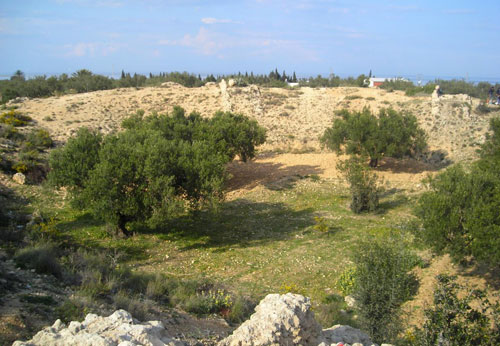
At the site of present-day Lamta on Tunisia's east coast, there was already a port city named Leptis Minor ....
Read more ...Roman maritime trade law

Roman law is the finest monument that Rome bequeathed to Western Europe....
Read more ...Sullecthum (Salakta)

In the Sahel, in the Tunisian province of Madhia, we find by the sea the small town of Salakta....
Read more ...
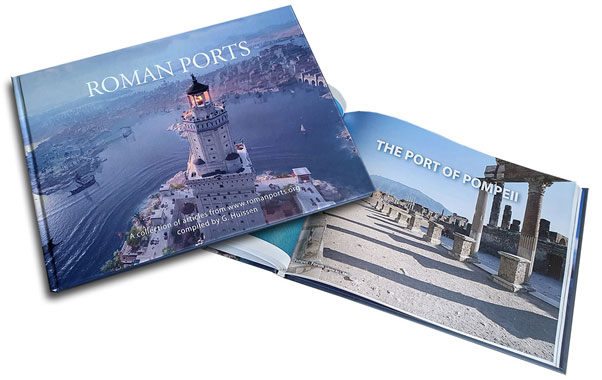
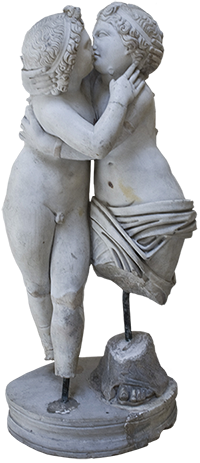 We are committed to providing versions of our articles and interviews in several languages, but our first language is English.
We are committed to providing versions of our articles and interviews in several languages, but our first language is English.